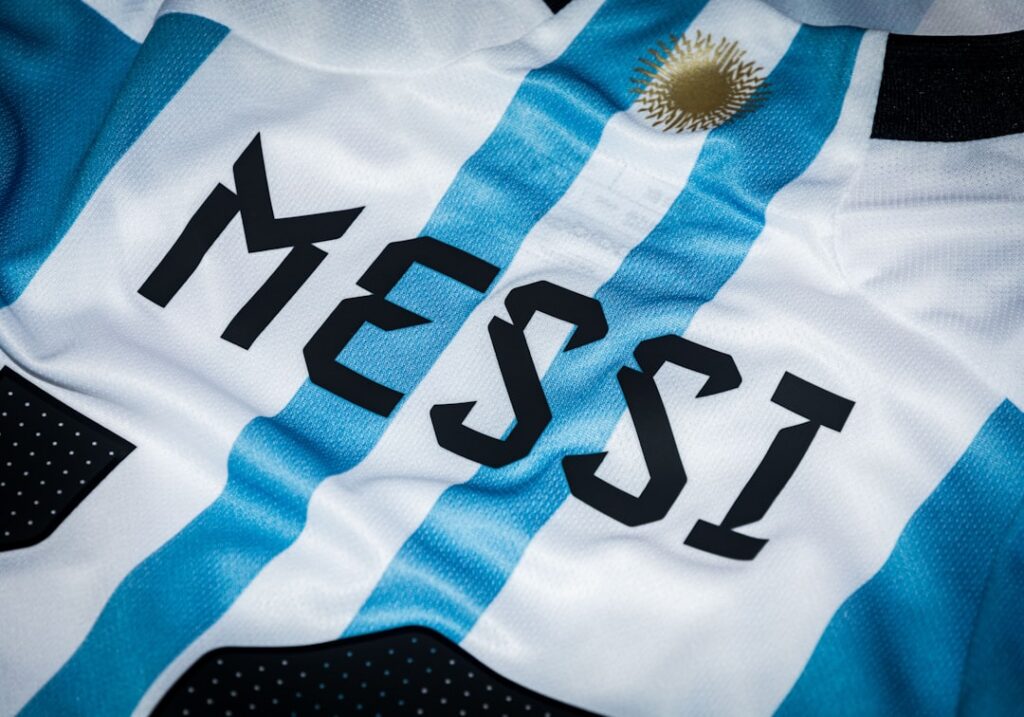
When you think about the FIFA World Cup’s all-time top scorers, names like Pelé, Ronaldo, and now Kylian Mbappé may come to mind. However, nestled at the top of the list is Miroslav Klose, whose record has become a golden standard for strikers aiming to etch their names in football history. While his name might not spark instant recognition like some of his contemporaries, Klose’s World Cup legacy is one of consistency, tenacity, and a knack for finding the back of the net when it counted the most.
A Journey Through Four World Cups
Miroslav Klose first burst onto the World Cup scene in 2002, hosted by South Korea and Japan. The then-24-year-old forward made an instant impact, scoring five goals, including a remarkable hat-trick against Saudi Arabia. From the outset, Klose exhibited a trademark that would define his World Cup career: his ability to shine on the biggest stage. But how did Klose become a household name among World Cup fans?
Over the course of four World Cup tournaments, from 2002 to 2014, Klose scored a total of 16 goals, clinching the all-time top scorer record at the 2014 FIFA World Cup in Brazil. Surpassing legendary Brazilian striker Ronaldo’s previous record of 15 goals, Klose’s achievement is a testament to his enduring talent and hard work.
The Secret Behind the Goals
Klose’s playing style was distinctive. He wasn’t the flashiest or the fastest on the field, but his intelligence, positioning, and timing made him a nightmare for defenders. His ability to read the play and position himself optimally resulted in many ‘poacher goals,’ as well as headers, which became something of a specialty. In fact, his aerial prowess accounted for a significant portion of his World Cup tally.
Moreover, what set Klose apart was his teamwork. He was a player who preferred to share the spotlight with his teammates rather than stealing it. Known for his selflessness on the pitch, his goals often came as part of collaborative team efforts, which perhaps explains why he isn’t as individually celebrated as other legends.
Highs and Lows
Like any storied career, Klose’s World Cup journey had its share of both triumphs and challenges. In 2006, Germany hosted the tournament, and it was on home soil that Klose further solidified his place in World Cup lore. He won the Golden Boot, awarded to the tournament’s top goal scorer, with five critical goals that propelled Germany to a third-place finish.
Despite his personal success, Klose would have to wait until his last World Cup appearance in 2014 to experience ultimate team glory. In a tournament remembered for Germany’s cohesive team play and a certain 7-1 thrashing of Brazil, Klose played a vital role leading up to Germany’s historic World Cup victory. His final World Cup goal, against Brazil, pushed him past Ronaldo’s record, sealing his legacy.
Legacy and Reflection
Though retired from international football, Miroslav Klose’s World Cup record continues to be a benchmark for aspiring strikers worldwide. Despite not being the most flamboyant player, his dedication and consistent performance over 12 years is a lesson in endurance and professionalism. For young players looking to make their mark, Klose’s career offers the invaluable lesson that talent comes in many forms, and records are often set by those who show up, time after time.
As we look forward to the 2026 FIFA World Cup, which promises its own heroes and record-setters, one might wonder: will anyone manage to match or surpass Klose’s incredible feat? As football fans, we can only wait and watch as history unfolds once again on the world stage.
Stay inspired and join us for more insights and stories as we gear up for World Cup 2026 at CupVibes.com!


